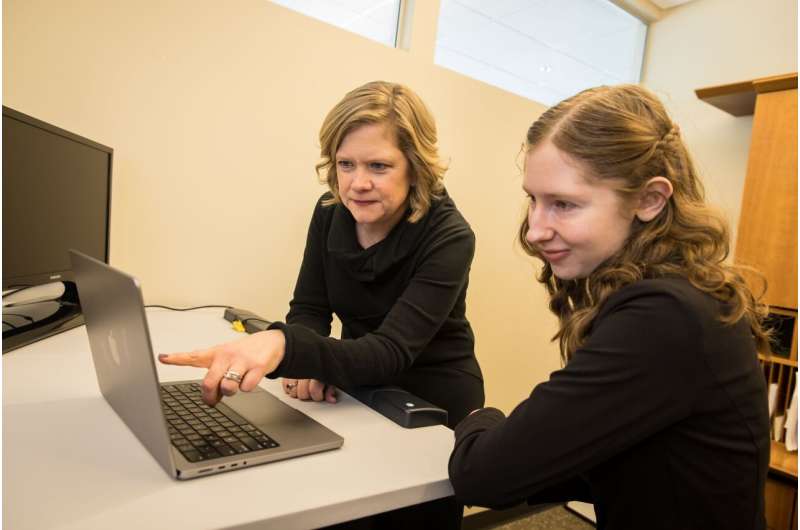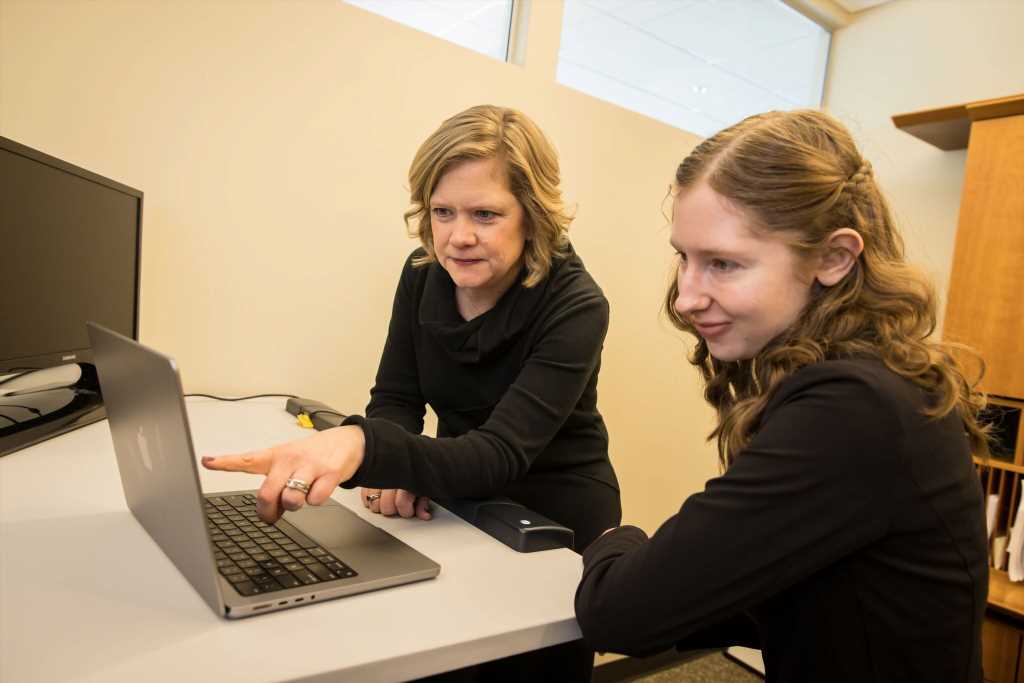
More than 25% of parents surveyed report that they were less than truthful about their children’s COVID-19 status or that they didn’t follow the disease’s preventive guidelines during the pandemic for their offspring, according to a nationwide study led in part by University of Utah scientists.
Among the most common reasons cited were an inability to stay home from work to care for their sick children and wanting to make decisions about their child’s health care without input from outside authorities. In some cases, parents had a different motivation for lying. Some parents of younger children lied about their child’s age so they could get vaccinated.
The study appears in the March 6, 2023, issue of JAMA Network Open.
The finding raises concerns that parental reluctance to disclose that their children had the disease or didn’t adhere to COVID-19 prevention protocols could have contributed to the spread of the infection and exacerbated its high rates of hospitalization and death, according to Angela Fagerlin, Ph.D., senior author of the study and chair of the Department of Population Health Sciences at U of U Health.
“The pandemic created tremendous stress for all of us, particularly parents,” says Andrea Gurmankin Levy, Ph.D., co-first author of the study and a professor of social sciences at Middlesex Community College in Connecticut. In addition to Levy, Fagerlin and her colleagues at U of U Health conducted the study in conjunction with researchers in Colorado, Iowa, and Great Britain.
“Like everyone else, parents worried about getting sick with COVID-19 or about losing their job, but parents also had to manage juggling job responsibilities while their children were home in quarantine,” Levy says. “And it’s quite possible that some parents misrepresented their child’s COVID-19 status or didn’t adhere to testing or quarantine rules in an attempt to ease some of this burden.”
The new study follows up on earlier findings by the same research team that concluded four of 10 American adults misled others about whether they had COVID-19 or adhered to public health measures to help corral the disease.
A subset of 580 participants in the original study who reported being parents or guardians of children younger than 18 years old living with them during the pandemic were asked additional survey questions about COVID-19 choices they made on behalf of their offspring.
However, the researchers emphasize that comparing the results of the two studies is difficult because they asked the parents different questions, which were specifically about their children.
Parents had many motivations for lying
Overall, about 26% of parents misrepresented a child’s COVID-19 status in some way. Of those:
- About 60% reported that they deceived others about their child’s vaccination status when they wanted their unvaccinated children to participate in an activity that required vaccination.
- Among parents who reported misleading others about their child having COVID-19 or not following public health recommendations, more than 50% reported doing so because they wanted the freedom to do what they thought best for their family.
- Nearly 43% of parents said they didn’t tell others that their children had COVID-19 because they didn’t want them to miss school.
- About 35% of parents didn’t disclose that their child had COVID-19 because, in part, they could not afford to miss work to care for them.
“Based on our study, it appears that many parents were concerned about their children missing school, and as a parent of three school-aged kids, I can understand that,” Fagerlin says. “Yet, at the same time, they’re potentially exposing other kids to a serious illness. So, it’s tricky because what you might think is best for your child might not be best for other children in the classroom.”
Some parents misled others but did so in ways that were unlikely to harm others, according to the researchers. For instance, some parents told health care workers that their child was older than they actually were so they could be vaccinated.
“Parents might have thought that fibbing about their child’s age was a good thing because it would help them stay healthy and safe from the virus and potentially protect others around them,” Fagerlin says. “But there was a cut-off age for a reason. The vaccine hadn’t been tested in younger aged children and it wasn’t clear that it would be safe or effective for them.”
About 70% of the participants were women, indicating that the study doesn’t fully represent the demographic makeup of the United States––an important consideration when interpreting the findings, according to Alistair Thorpe, Ph.D., co-first author of the study, a former post-doctoral student at U of U Health, and currently a post-doctoral research scientist at University College London. The researchers also suspect that some participants may have fudged some of their survey answers.
“Lying about lying is certainly a possibility,” Fagerlin says. “If anything, 26% is probably the minimum number of parents who misrepresented their children’s COVID-19 status during the pandemic.”
In the future, the researchers conclude, health officials will need to develop policies and technologies that don’t depend on the honor system or jeopardize privacy to protect public health.
“We need to do a better job of providing support mechanisms like paid sick leave for family illness so that parents don’t feel like their only option is to engage in misrepresentation or non-adherence to public health guidelines during a future infectious disease outbreak that matches or exceeds the magnitude of COVID-19,” Levy says.
More information:
Parental Nonadherence to Health Policy Recommendations for Prevention of COVID-19 Transmission Among Children, JAMA Network Open (2023). DOI: 10.1001/jamanetworkopen.2023.1587
Journal information:
JAMA Network Open
Source: Read Full Article
